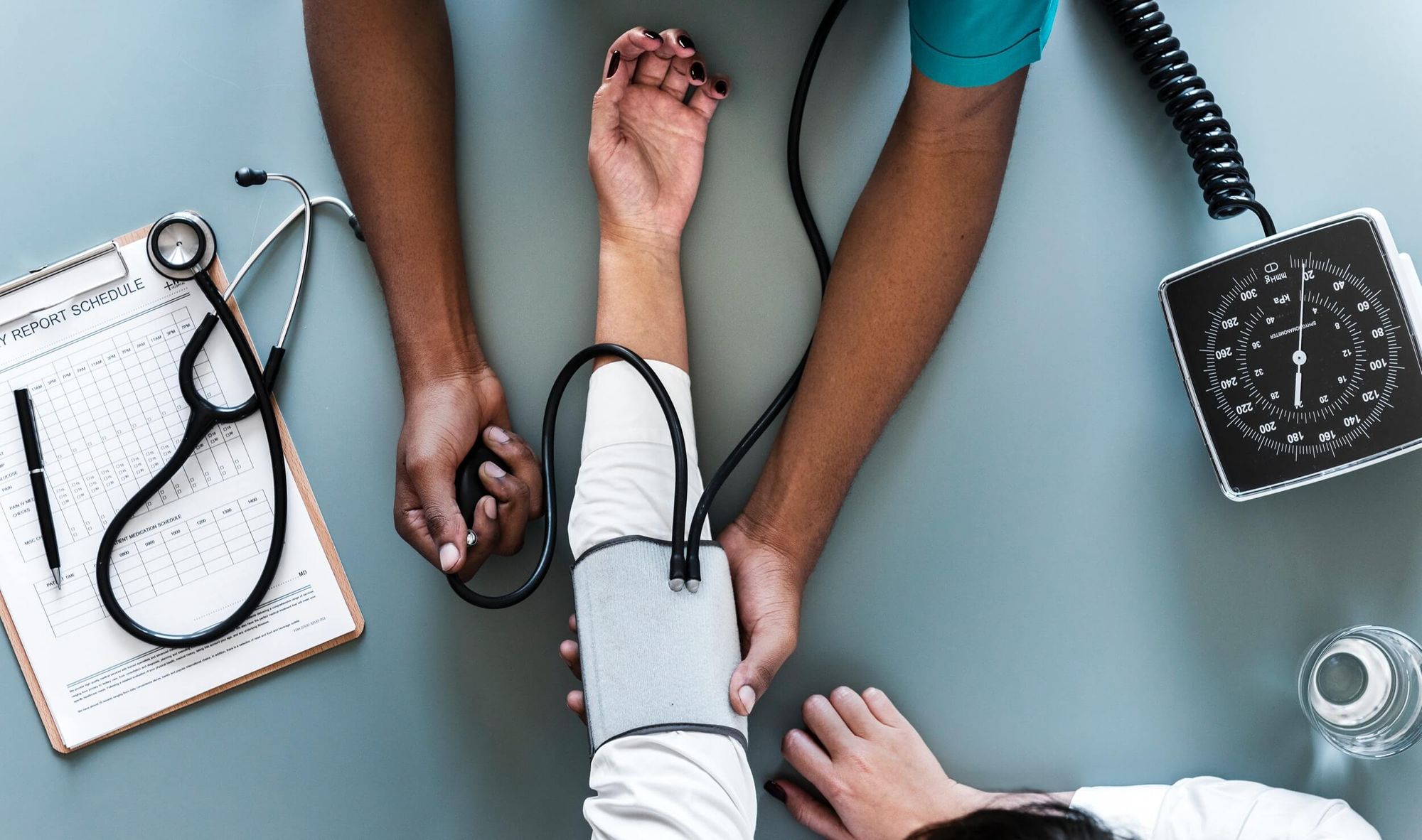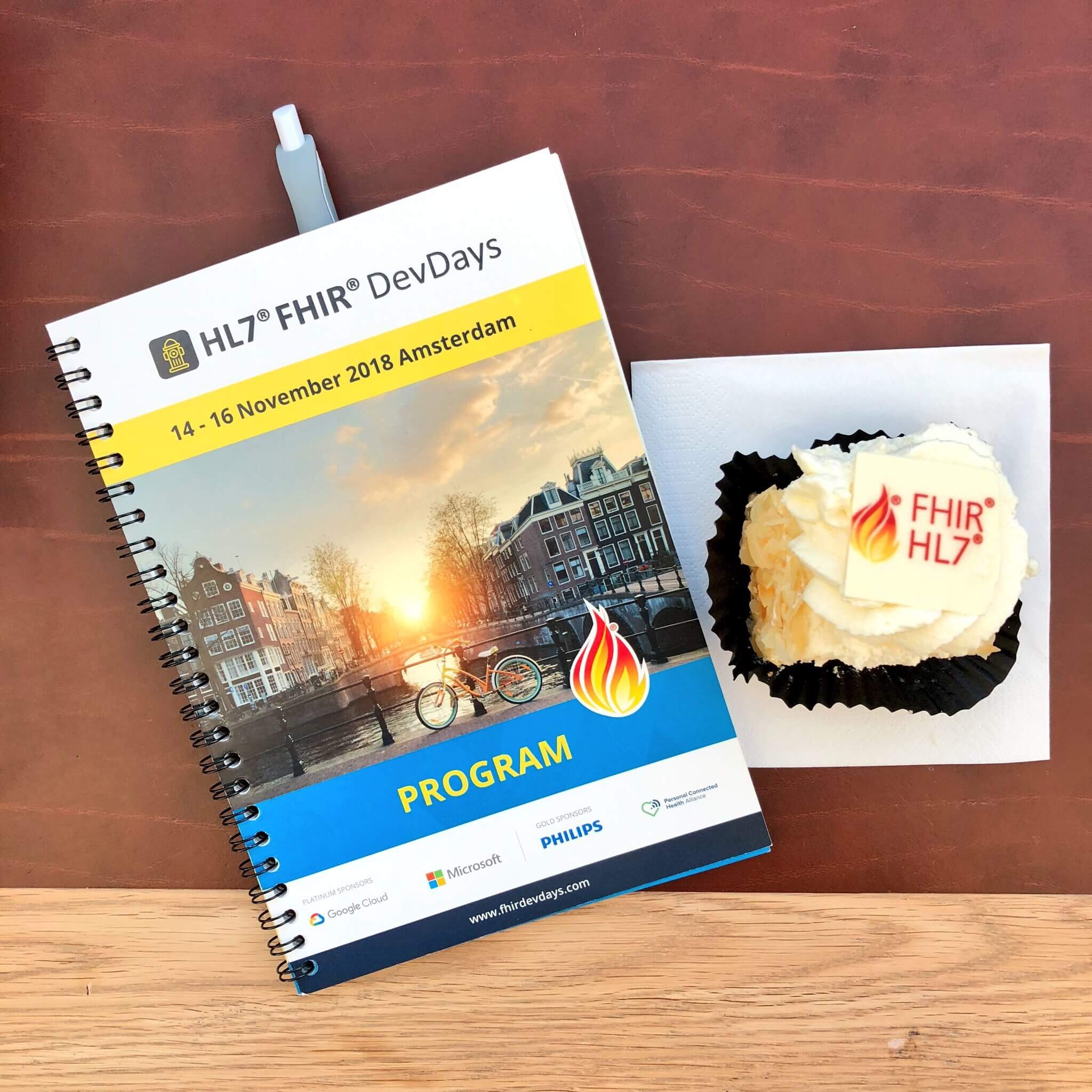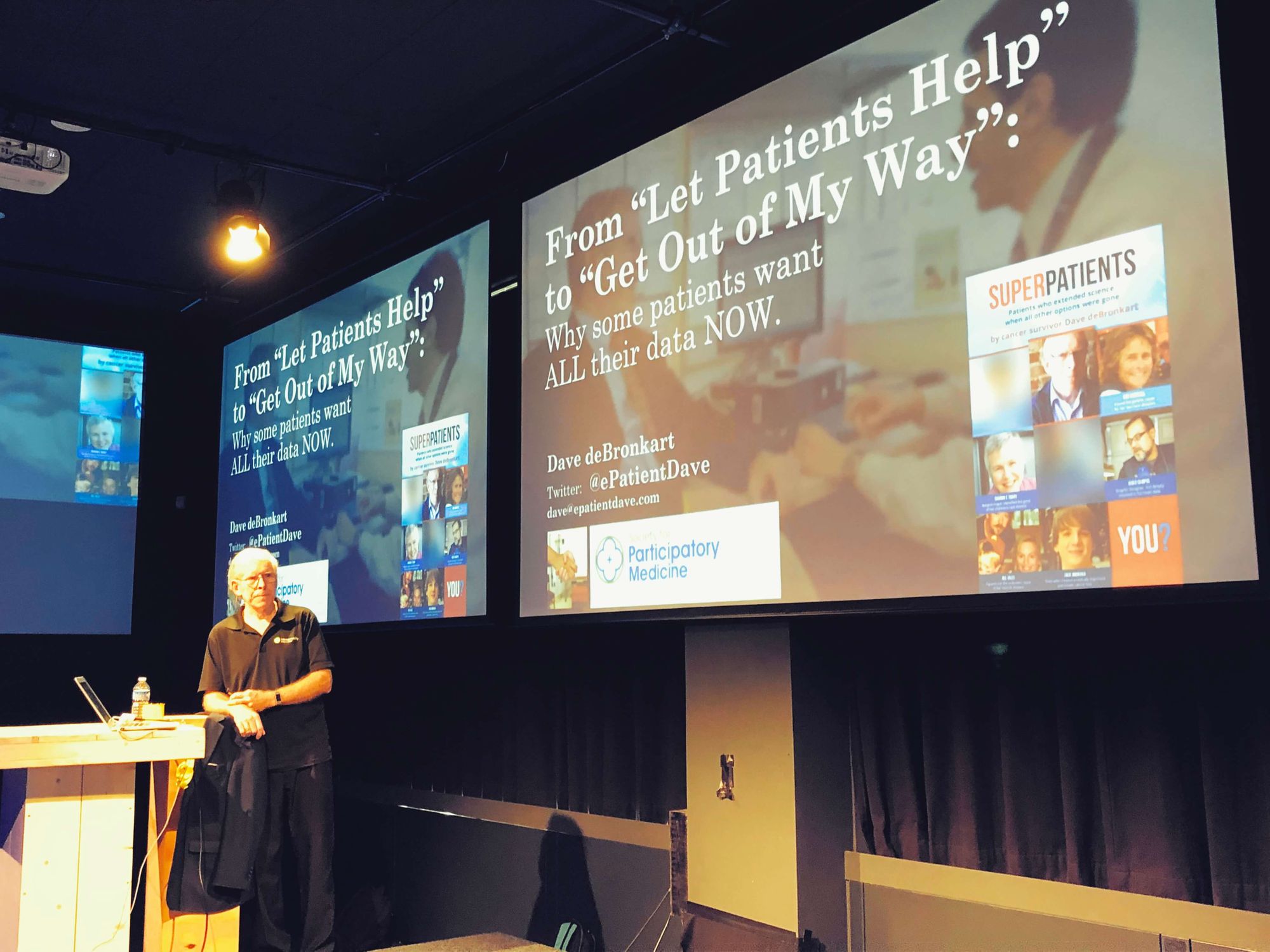Highlights from HL7® FHIR® DevDays 2018 in Amsterdam
Last week I attended the HL7 FHIR DevDays 2018 in Amsterdam, the "most important and largest FHIR only event in the world" organised by Firely. It's been awesome: a lot of interesting and inspiring sessions, exciting projects and a vibrant and friendly community.

Last week I attended the HL7 FHIR DevDays 2018 in Amsterdam, the "most important and largest FHIR only event in the world" organised by Firely. It's been awesome: a lot of interesting and inspiring sessions, exciting projects and a vibrant and friendly community.
FHIR (Fast Healthcare Interoperability Resources) is an HL7 standard for exchanging healthcare information electronically. I was much impressed by the fantastic community working on and with FHIR, everyone really committed to making a difference for people health with the support of technology.
The HL7 FHIR Standard
There were so many great sessions that it was hard to pick the ones to follow. Some of them aimed at providing general information about the FHIR standard.
Rik Smithies gave a useful introduction to FHIR, its purpose, how the standardisation process works and what are its principles to exchange healthcare data.

Searching in FHIR is one of my favourite subjects, and Alexander Zautke explained it very thoroughly. Includes, filters, patterns, modifiers, prefixes and slicing were only some of the topics of his session.
Ewout Kramer talked about the importance of validating FHIR data and how to use Structure Definitions to check data compliance with specific profiles.
Knowing how a FHIR server can be used and which problems can solve it's essential, that's why the session by Christian Knaap was interesting: "A FHIR Server is like the Swiss knife in your FHIR architecture".
It was a pleasure listening to Grahame Grieve, father of FHIR, telling stories about the history of FHIR and providing us with valuable suggestions on how to work with this standard.
FHIR API Implementation
James Agnew is the project lead for HAPI, an open source implementation of the FHIR specification and one of the reference implementations of the specification. He presented a few sessions about how to build FHIR servers and clients with HAPI.
Mirjam Baltus, instead, explained how to do the same with the .NET implementation of FHIR for C# developers.
Patients Above All
One of the themes of the conference was the importance of patients and their data.
Patients can generate health data by themselves, now more than ever thanks to smartwatches and IoT devices. Mikael Rinnetmaki illustrated how these data could be utilised in a clinical setting and help doctors and nurses taking care of the patient. A critical part of this data collecting and sharing is the consent. The patient should be entirely in control of their data and must explicitly consent any usage by another party.

The keynote by e-Patient Dave was inspiring and moving. He explained why some patients want their health data and told about touching stories of people affected by terrible diseases and how owning their data changed their lives. In some cases, they saved their lives.
Janet Campbell stressed the importance of thinking what the patient needs and what can we do as developers to make their lives more comfortable and peaceful through patient-centred apps. Being a patient is not easy, we should never forget it.
Conclusion
Working for the healthcare domain means making a difference for patients. It is a responsibility. Tech people should consider the effects of their choices on a patient and think about new and safe ways for technology to improve their lives. In this picture, FHIR can help in simplifying the interoperability of different systems and guaranteeing a seamless exchange of health data, critical for taking care of the patient.
